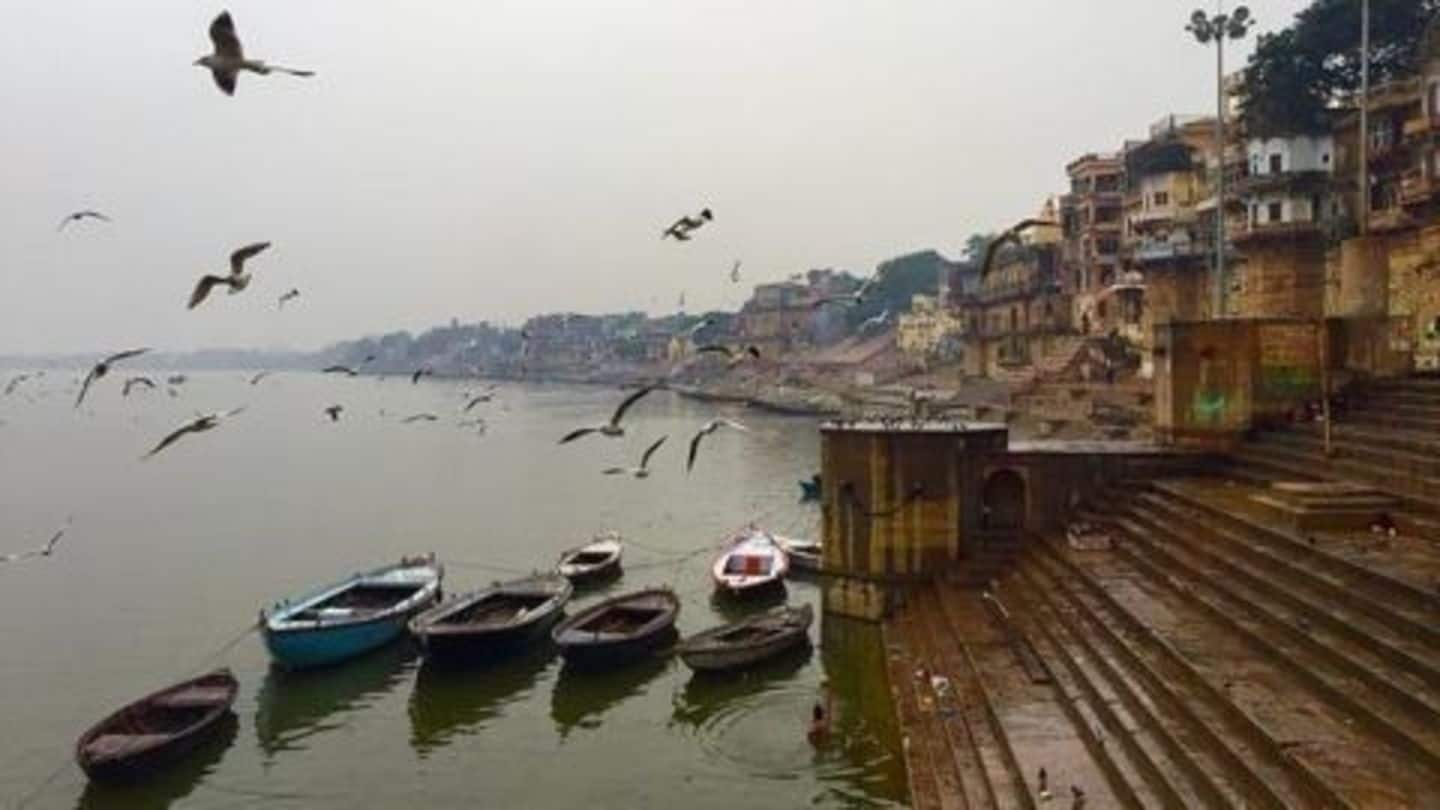
Varanasi had 0 clean-air-days in 2015
What's the story
According to the Central Pollution Control Board (CPCB), people in Varanasi, Allahabad and Gwalior did not have even a single "good air day" all through 2015.
Air quality in these cities was worse than Delhi, that had 24 clean-air-days last year.
These figures were quoted by a report named "Varanasi Chokes"; the report dives deep into PM Modi's constituency's pollution crisis.
Definition
PM 2.5
PM 2.5 is particulate matter so fine that it can be easily inhaled deep into the lungs and can cause heart attacks, strokes, lung cancer and respiratory diseases. The World Health Organization (WHO) considers PM2.5 levels best indicators of air pollution and its health risks.
The Report
Varanasi's pollution problem
The report was presented by IndiaSpend, Centre for Environment and Energy Development (CEED) and Care4Air.
Data collected in Varanasi was on the basis of monitoring of 227 days out of the year.
In the four weeks between October and November 2015, PM2.5 levels rose upto 2-3 times more than the national safe standard.
PM10 levels showed a steady increase between 2010 and 2016.
Causes
Reasons for deteriorating air quality
The report lists rapid industrial activity on the Indo-Gangetic belt as a cause of North India's deteriorating air quality.
Changing wind patterns in winter carry power-plant emissions across hundreds of kilometres.
Inefficient air quality monitoring infrastructure is also accountable for controlling emissions.
Compared to Delhi's 13 air quality monitoring stations, Varanasi has only three with 1 station monitoring both PM10 and PM2.5 levels.
Information
The WHO list
According to the World Health Organization, 10 Indian cities including Allahabad, Kanpur, Firozabad and Lucknow rank in the top 20 most polluted cities of the world. Varanasi does not feature on this list, despite of ranking in the top 3 most polluted cities of India.
Impact
Consequences of Varanasi's air pollution
Aishwarya Madineni, author of the "Varanasi Chokes" report said, "There has been an eight-fold rise in respiratory ailments; child specialists when consulted have cited rising air pollution as the key cause."
RN Vajpayee, practicing pulmonologist and chest physician in the Lanka area of Varanasi reported a 20% to 25% increase in patients with cases of asthma and breathlessness.